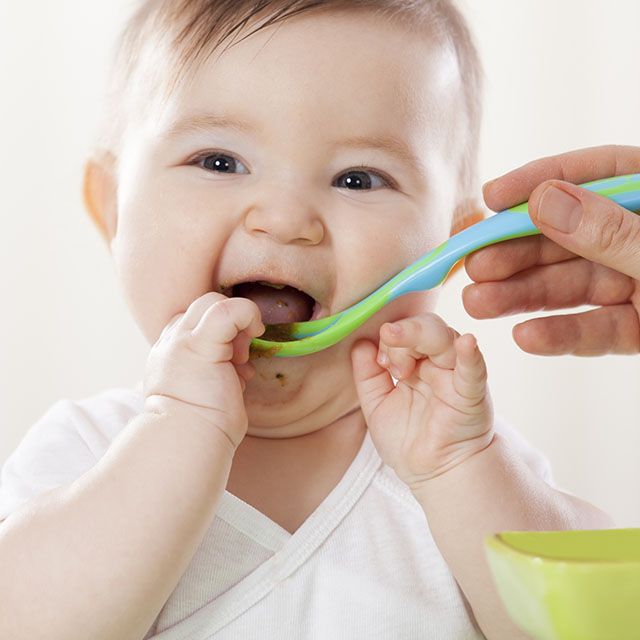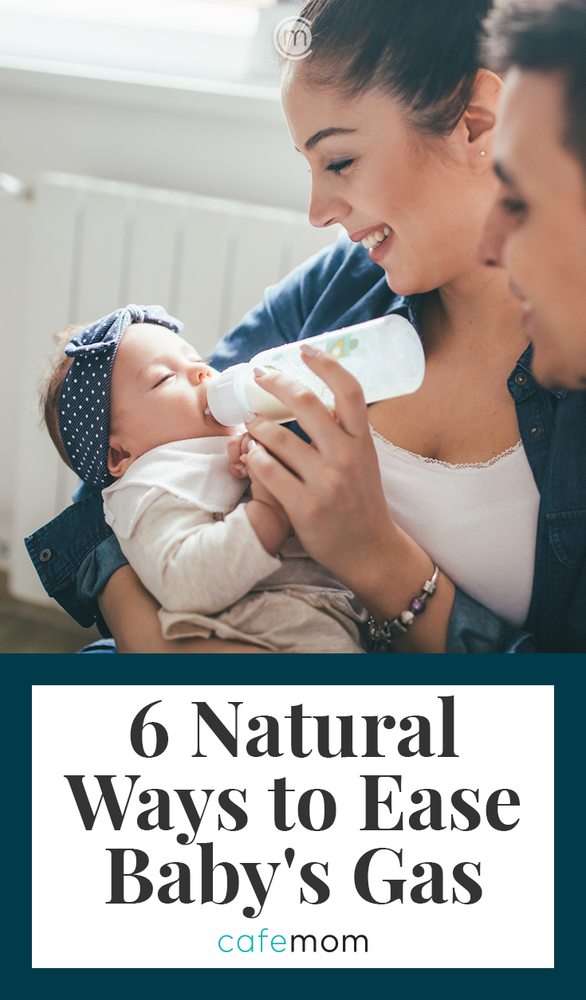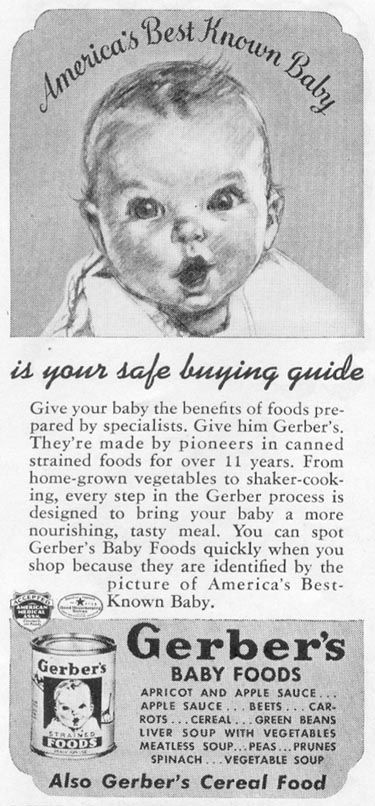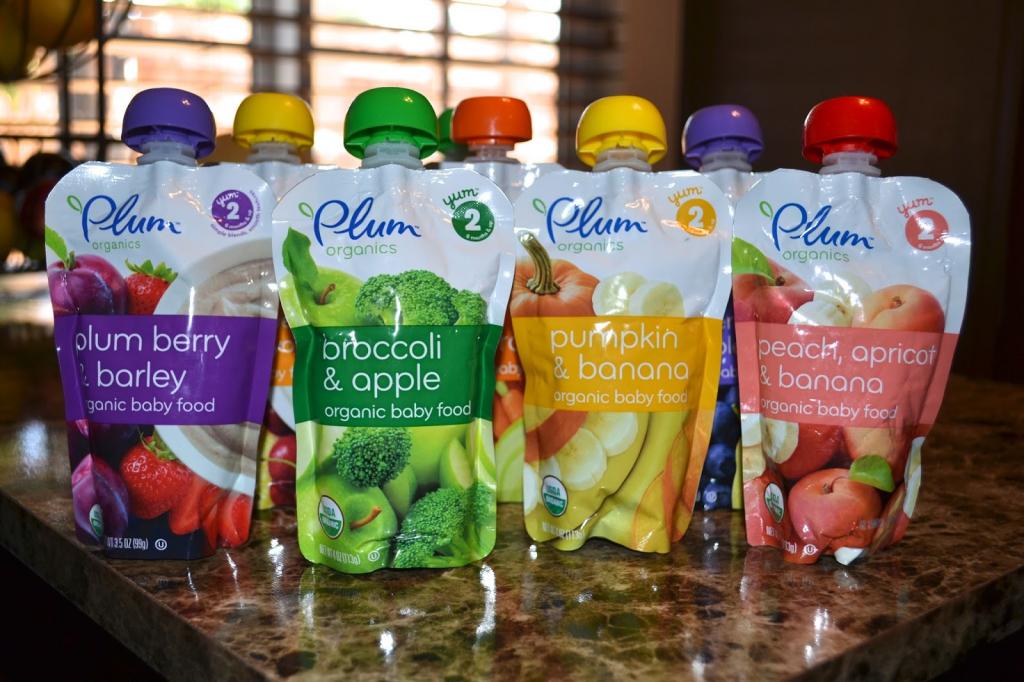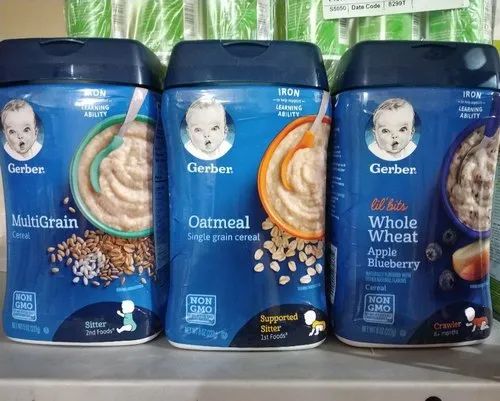When can i feed my baby pasta
Pasta for Babies - First Foods for Baby
When can babies eat pasta?
Pasta may be introduced as soon as a baby is ready to start solids, which is generally around 6 months of age. Take care when introducing pasta if you haven’t already introduced egg or wheat into baby’s diet yet, as pasta often contains both egg and wheat, which are common food allergens.1 2
Need ideas for the best first foods for babies? See our guides.
Background and origins of pasta
Pasta or noodles? Both terms refer to unleavened dough made of starch and liquid, formed into any number of shapes, boiled quickly, and flavored with sauce and spice. The word “pasta” comes from Italy, while the term “noodles” is used interchangeably by some to describe not only pasta, but mian, ramen, soba, udon, and other dishes made in East Asia since ancient times. So, where was this beloved comfort food invented? It’s a hot debate—but no matter the term, one fact is clear: pasta and noodles are now international staple foods. From koshari (macaroni and lentils) in Egypt, seviyan kheer (noodle pudding) in India, sopa de fideo (noodle soup) in Mexico, and the classic spaghetti Bolognese of Italy, pasta has found a place in nearly every food culture.
Is pasta healthy for babies?
Yes—with some types offering more nutrition than others. Generally pasta made from legume flour (black bean pasta, chickpea pasta, lentil pasta) is more nutrient-dense than pasta made from rice and wheat flours. Enriched pasta will also offer even more nutrients like iron and some B vitamins.3 All pasta, no matter the type, offers ample carbohydrates to energize a baby’s growing body, and when it is served as part of a well-balanced diet with plenty of whole foods, pasta can be a perfectly healthy addition to a baby’s meal.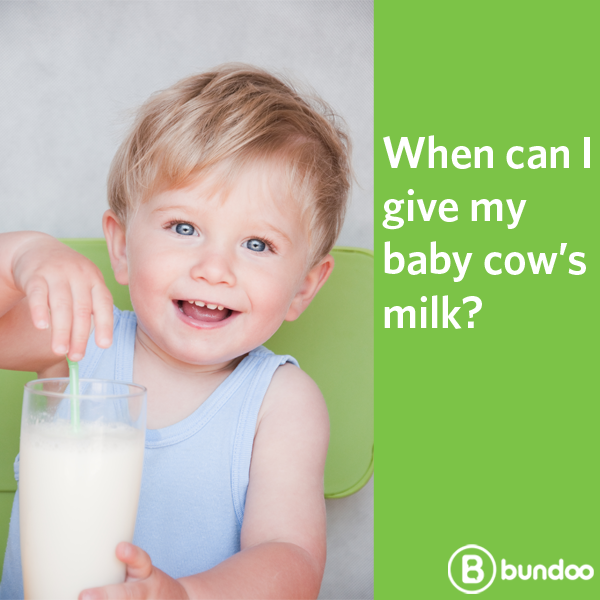
Pasta types by key nutrients
The following is a table of common pastas and their nutritional value by key ingredients, using data from USDA’s FoodData Central unless otherwise specified, accessed February 4, 2021.
| Per ¼ cup child-sized serving | ||||||
| Legume Pasta | Carbs (g) | Fiber (g) | Protein (g) | Iron (g) | Zinc (g) | Folate (mg) |
| Black Bean Pasta | 9.3 | 2.5 | 3.0 | 0.7 | n/a | n/a |
| Chickpea Pasta | 9.3 | 2.0 | 3.0 | 0.6 | n/a | n/a |
| Lentil Pasta | 8.8 | 1.3 | 3.3 | 0.9 | n/a | n/a |
| Mung Bean Noodles (aka “glass noodles” or “cellophane noodles”) | 9.8 | 0 | 0 | 0. 2 2 | 0.04 | 0 |
| Enriched Pasta | ||||||
| Enriched Egg Noodles | 10.1 | 0.5 | 1.8 | 0.6 | 0.3 | 33.5 |
| Enriched Wheat Pasta | 10.8 | 0.6 | 2.0 | 0.4 | 0.2 | 25.5 |
| Grain Pasta | ||||||
| 100% Buckwheat Noodles | 9.8 | 1.5 | 1.8 | 0.6 | n/a | n/a |
| 100% Whole Wheat Pasta | 10.5 | 1.4 | 2.1 | 0.6 | 0.5 | 7.4 |
| Brown Rice Noodles | 10.6 | 0.6 | 1.1 | 0.2 | 0.3 | 1.3 |
| Quinoa and Corn Pasta | 10.3 | 1.1 | 1.1 | 0.2 | 0.2 | 2.65 |
| Unenriched Wheat Pasta | 9.6 | 0.6 | 1.8 | 0.2 | 0. 2 2 | 2.2 |
| White Rice Noodles | 10.5 | 0.4 | 0.8 | 0.1 | 0.1 | 0.4 |
| Vegetable Pasta | ||||||
| Cassava Pasta | 12.3 | 1.0 | 0.2 | 0.5 | n/a | n/a |
| Sweet Potato Noodles (aka “glass” or “Korean vermicelli”) | 12.1 | 0.6 | 0.0 | 0.0 | n/a | n/a |
Is pasta a common choking hazard for babies?
No. Pasta is not a common choking hazard, though it can cause a fair amount of gagging, especially when served plain, without a sauce. To make it easier to swallow, serve pasta with a sauce, or simply drizzle a bit of oil on top and consider offering large pasta shapes if baby is just starting solids.
As always, make sure to create a safe eating environment, stay within an arm’s reach of baby during meals, and check out the age-appropriate serving suggestions.
For more information, visit our section on gagging and choking and familiarize yourself with common choking hazards.
Is pasta a common allergen?
Yes. Pasta and noodles often contain egg and wheat, which are common food allergens.4 5 Read the fine print on the product label before serving, and ideally, wait to serve pasta after egg and wheat have been introduced and any allergies ruled out. Have a wheat or egg allergy on your hands already? There is hope. Studies show about 80% of children outgrow egg allergy around school age, and wheat allergies are often outgrown by adolescence.6 7 8
As you would do with any new allergen, introduce pasta by serving a small quantity and watch closely. If there is no adverse reaction during the first few servings, gradually increase the amount served over future meals.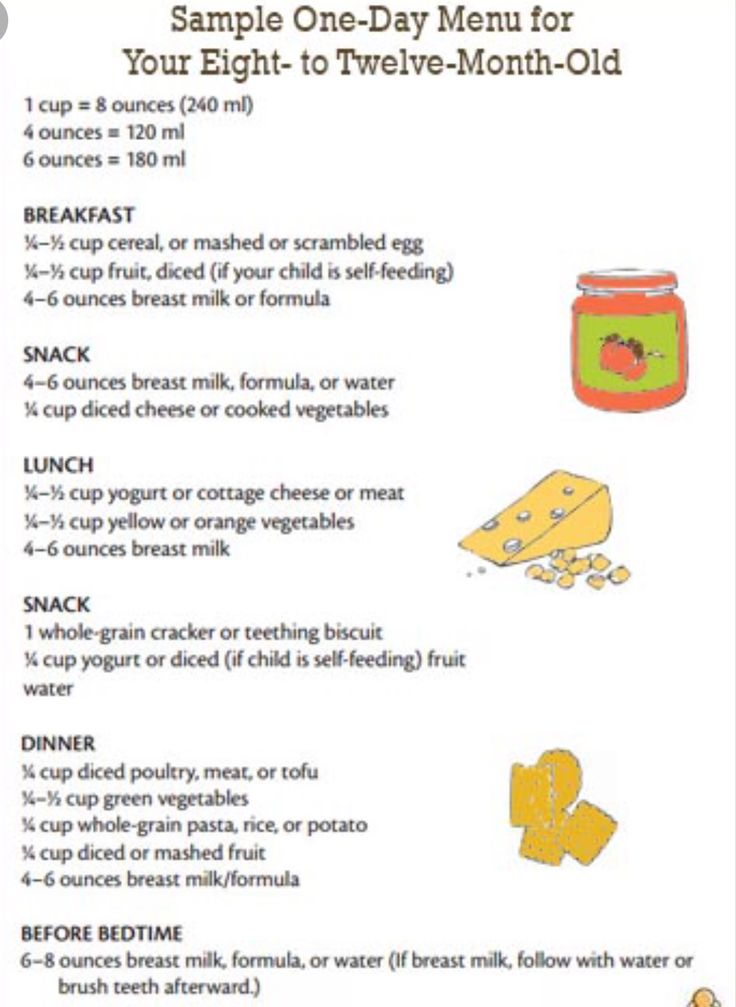
Which pasta shapes are best for babies?
Every baby develops on their own timeline, and the suggestions on how to cut or prepare particular foods are generalizations for a broad audience. Your child is an individual and may have needs or considerations beyond generally accepted practices. In determining the recommendations for size and shape of foods, we use the best available scientific information regarding gross, fine, and oral motor development to minimize choking risk. The preparation suggestions we offer are for informational purposes only and are not a substitute for child-specific, one-on-one advice from your pediatric medical or health professional or provider. It is impossible to fully eliminate all risk of a baby or child choking on any liquid, puree, or food. We advise you to follow all safety protocols we suggest to create a safe eating environment and to make educated choices for your child regarding their specific needs. Never disregard professional medical advice or delay in seeking it because of something you have read or seen here.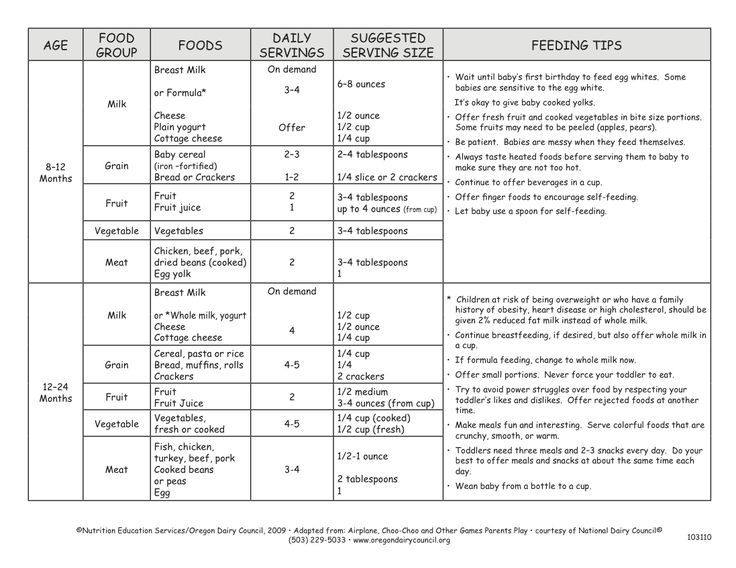
6 to 9 months old: Offer large pieces of flat, wide noodles or whole pieces of large tubular pasta, such as penne, rigatoni, or ziti. Pasta may be slippery and a little tough to hold on to with the immature grasp at this age. You may also chop spaghetti and other thin noodle shapes and serve in a bowl for hand scooping. Tip: Use kitchen shears to cut noodles in your child’s bowl to save time (and dishes). Anxious to introduce macaroni and cheese? Hold off until closer to 12 months of age as it is exceedingly high in sodium. And even after the first birthday, consider cutting the cheese packet in half to minimize the sodium.
9 to 12 months old: At this age babies develop the pincer grasp (where the thumb and pointer finger meet), enabling them to pick up smaller pieces of food. Cut large, tubular pastas in half, or offer macaroni, quartered ravioli, or chopped noodles. If a baby is having a hard time picking up the pasta, it’s okay to continue to serve whole pieces of large, tubular pasta. Doing so will help advance biting and chewing and grinding skills.
Doing so will help advance biting and chewing and grinding skills.
12 to 18 months old: At this age, your toddler may be more adept at working with long, thin noodles like spaghetti, ramen, and rice noodles. Explore a wide variety of noodle shapes and textures, cutting into smaller strands as needed (again, scissors work beautifully here). Don’t worry if your toddler still prefers to scoop noodles with their hands—that’s okay! Simply continue to offer a pre-loaded utensil as needed.
18 to 24 months old: Anything goes! Explore a wide variety of pasta shapes and sizes. This is a great time to let your toddler practice with trainer chopsticks or a fork, pre-loading utensils as needed.
How often should you offer solids? See our sample feeding schedules for babies of every age.
Recipe: Pasta con Aglio e Olio
(Pasta with Garlic and Oil)
Yield: 2 cups (480 milliliters)
Cook Time: 15 minutes
Age: 6 months+
Ingredients
- 2 garlic cloves
- 2 tablespoons (30 milliliters) olive oil
- 4 ounces (113 grams) rigatoni
- 8 cups (2 liters) water
- 1 tablespoon (15 milliliters) lemon juice
- pecorino cheese to taste for adults and older children (optional: only for children 12 months+)
- salt to taste for adults and older children (optional: only for children 12 months+)
Depending on the type of pasta used, this recipe may contain common allergens: egg and/or wheat.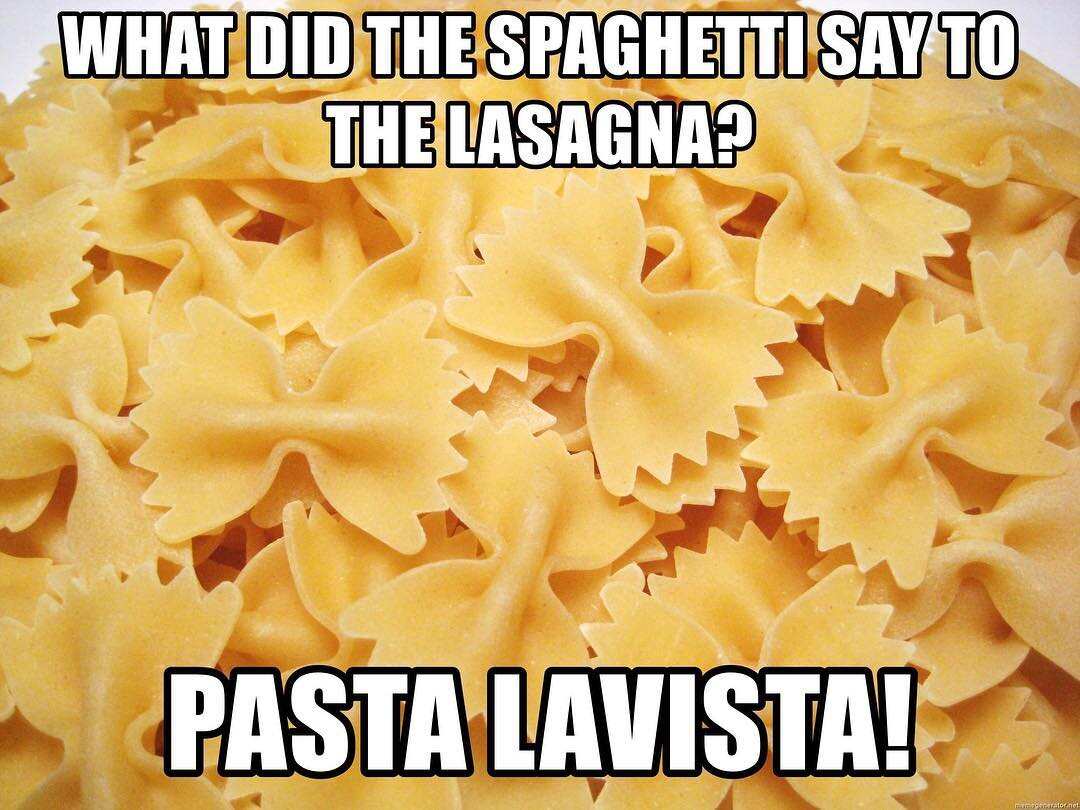 Read the ingredient list on the label, and only serve to a child after each allergen has been introduced safely.
Read the ingredient list on the label, and only serve to a child after each allergen has been introduced safely.
Directions
- Peel and smash the garlic.
- Heat the oil in a large skillet. When the oil shimmers, add the garlic and stir to coat.
- Cook, stirring occasionally, until the garlic is fragrant and golden, about 3 minutes. Turn off the heat. Discard the cloves. Keep the skillet on the stovetop.
- Bring a separate pot of water to a boil.
- Add the pasta to the boiling water, stirring to break up any noodles that stick together. If rigatoni is not your thing, use your preferred noodles or pasta to make this recipe. Just be sure to select a product with ingredients that have been safely introduced.
- Cook until soft, between 8 and 10 minutes, depending on the shape.
- Use a slotted spoon or fine-mesh sieve to transfer the pasta directly from the boiling water to the skillet. Add the lemon juice and stir to coat the pasta in the sauce.

- Scoop some pasta into baby’s bowl. Exact serving size varies. Let the child decide how much to eat.
- If you’d like to serve the pasta to adults and older children, season it with pecorino cheese and salt to taste. See our Sodium and Babies FAQ for information on when to start adding salt to a child’s foods.
- Serve the pasta as finger food and let baby self-feed. If you’d like to encourage utensil practice, pre-load an age-appropriate fork and rest it next to baby’s pasta for the child to try to pick up. Alternatively, pass the pre-loaded fork in the air for baby to grab from you.
To Store: Cooked pasta keeps in an air-tight container in the fridge for 5 days or in the freezer for 2 months.
Dinnertime fast approaching and all out of ideas? Our guide 100 Dinners for Babies & Toddlers is here to help.
Flavor Pairings
Pasta tastes mild and hearty on its own. But when served with sauces, spices, vegetables, and whole foods, noodles soak up seasonings and offer more nutrition to growing babies.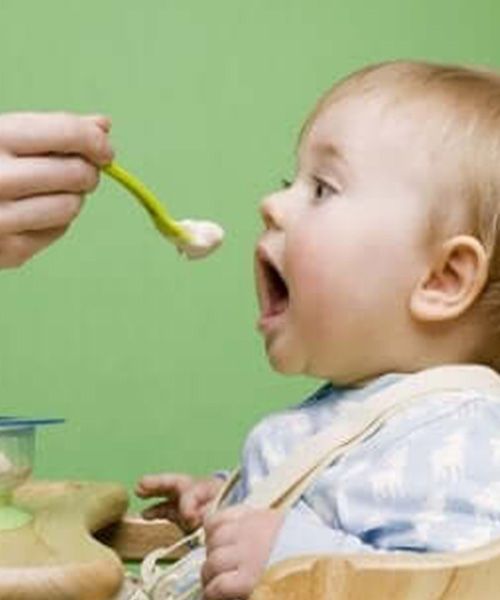 Try enhancing a classic tomato sauce with ground meat like beef, bison, or lamb and/or vegetables like bell pepper, eggplant, or zucchini. Serve pasta mixed with broccoli, cauliflower romanesco, or spinach. Add a simple creamy sauce made of goat cheese, mascarpone cheese, or ricotta cheese that has been loosened with whole milk and seasoned with a splash of lemon and a dash of ground pepper. Or use pasta as a vehicle for heart-healthy nuts by serving noodles with peanut sauce or sprinkling ground almond, pecan, hazelnut, or walnut on top of pasta dishes to add texture.
Try enhancing a classic tomato sauce with ground meat like beef, bison, or lamb and/or vegetables like bell pepper, eggplant, or zucchini. Serve pasta mixed with broccoli, cauliflower romanesco, or spinach. Add a simple creamy sauce made of goat cheese, mascarpone cheese, or ricotta cheese that has been loosened with whole milk and seasoned with a splash of lemon and a dash of ground pepper. Or use pasta as a vehicle for heart-healthy nuts by serving noodles with peanut sauce or sprinkling ground almond, pecan, hazelnut, or walnut on top of pasta dishes to add texture.
Reviewed by
J. Truppi, MSN, CNS
V. Kalami, MNSP, RD
K. Grenawitzke, OTD, OTR/L, SCFES, IBCLC, CNT
S. Bajowala, MD, FAAAAI. (allergy section)
R. Ruiz, MD Board-Certified General Pediatrician and Pediatric Gastroenterologist
- Food Allergy Research & Education. Wheat Allergy. Retrieved February 3, 2021
- Food Allergy Research & Education.
 Egg Allergy. Retrieved February 3, 2021
Egg Allergy. Retrieved February 3, 2021 - United States Food & Drug Administration. Questions and Answers on FDA’s Fortification Policy Guidance for Industry. Retrieved February 3, 2021
- Food Allergy Research & Education. Wheat Allergy. Retrieved February 3, 2021
- Food Allergy Research & Education. Egg Allergy. Retrieved February 3, 2021
- Kim J. H. (2019). Clinical and Laboratory Predictors of Egg Allergy Resolution in Children. Allergy, asthma & immunology research, 11(4), 446–449. DOI:10.4168/aair.2019.11.4.446. Retrieved February 3, 2021
- Leonard, S.A., Sampson, H.A., Sicherer, S.H., Noone, S., Moshier, E.L., Godbold, J., Nowak-Wȩgrzyn, A. (2012). Dietary baked egg accelerates resolution of egg allergy in children. The Journal of Allergy and Clinical Immunology, 130(2), 473–480.e1. DOI: 10.1016/j.jaci.2012.06.006. Retrieved February 3, 2021
- Food Allergy Research & Education. Wheat Allergy. Retrieved February 3, 2021
When Can Babies Eat Pasta?
How to Tell if Your Baby is Ready to Enjoy Nutritious, Wholesome Pasta
Your baby's first taste of solid food—meaning any food other than breast milk or formula—is the beginning of an adventure into a new world of tastes, textures and aromas, as well as the very first step in establishing what will ideally become lifelong healthy eating habits.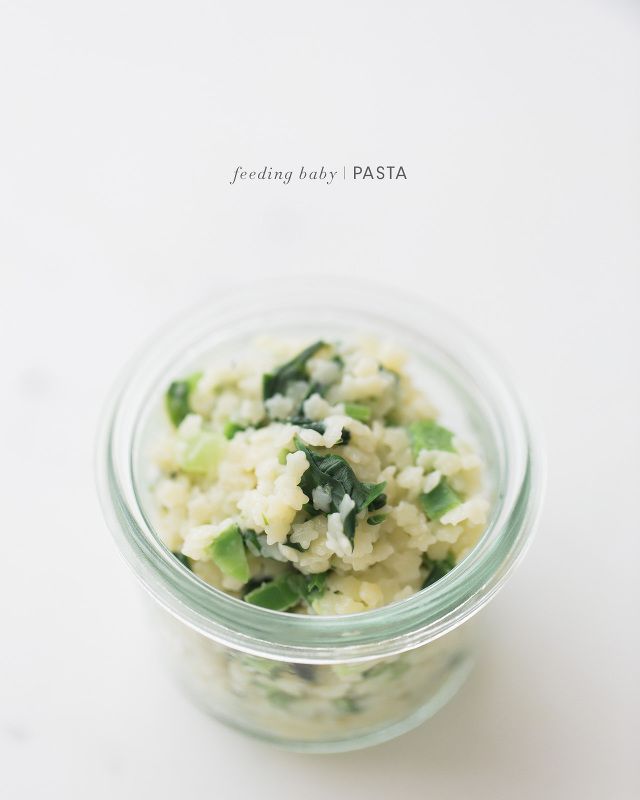 Most babies start eating solids around 6 months, and within just a few months will have tried all kinds of different foods as parents work toward the goal of establishing a varied, balanced and nutritious diet. A baby's meals should eventually consist of cereals (such as pasta), vegetables, fruits, meats, fish and dairy products, along with breast milk or formula. Pasta can certainly be part of a baby's diet at every stage of the experience, from first foods to finger foods to full solid meals, as long as it's prepared appropriately to suit his eating skills.
Most babies start eating solids around 6 months, and within just a few months will have tried all kinds of different foods as parents work toward the goal of establishing a varied, balanced and nutritious diet. A baby's meals should eventually consist of cereals (such as pasta), vegetables, fruits, meats, fish and dairy products, along with breast milk or formula. Pasta can certainly be part of a baby's diet at every stage of the experience, from first foods to finger foods to full solid meals, as long as it's prepared appropriately to suit his eating skills.
Pasta as a First Food
How to Make Homemade Macaroni & Cheese Baby Food
Learn More
Most babies are ready to try their first solid foods at around 4 to 6 months. Indicators that a baby is ready for this milestone include loss of the "extrusion reflex" that causes a younger baby to push anything non-liquid out of her mouth, being able to sit upright unassisted and showing interest in food. Most parents start with a smooth, wet food such as rice cereal or pureed fruits and vegetables and gradually offer baby foods that are more chunky and lumpy.
When your baby has moved from very smooth purees to more lumpy baby foods (usually around 7 to 10 months), you can offer pasta that's well-cooked and chopped small or even blended. You can also choose tiny pasta shapes such as orzo and pastina. The pasta can be plain or mixed with a vegetable-based or cheesy sauce. Soft-cooked vegetables that are mashed or chopped are an ideal accompaniment to pasta at this stage.
Pasta as Finger Food
Your baby is generally ready to enjoy finger foods when she's able to bring objects to her mouth with her hands. Some parents put foods in front of their baby and encourage self-feeding from the earliest stages of eating solids (known as baby-led weaning), while others wait until closer to 8 or 9 months. Either way, offering finger foods is important for several reasons. It helps a baby develop hand-eye coordination; teaches her to explore the tastes, textures and colors of various foods; and helps train her to stop eating when full. Small pasta shapes that are easy to grab and that catch a baby's attention, such as spirals, bow-ties and small shells, make great finger foods.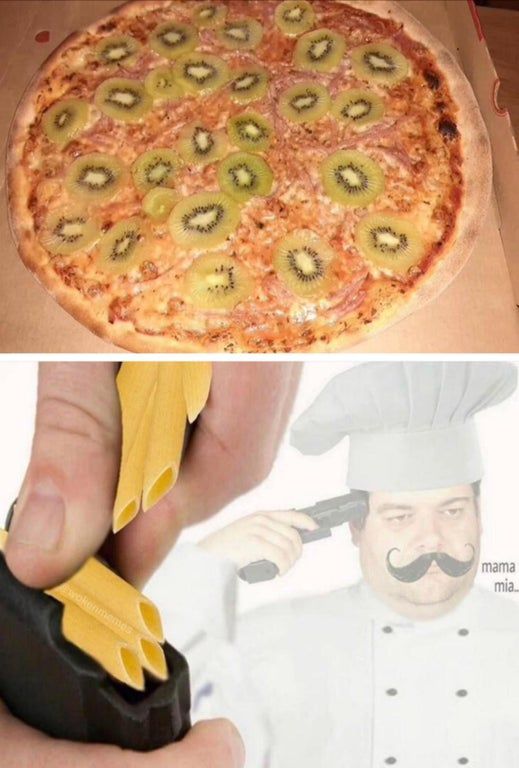
Tips for Introducing Your Baby to Pasta
When Is Baby Ready for Stage 2 Foods?
Learn More
- As with all new foods, you might need to offer pasta to your baby several times before she accepts it.
- If you have a family history of wheat allergy or gluten intolerance, watch for signs of an allergic reaction after introducing your baby to pasta for the first time. Symptoms include a rash, vomiting and diarrhea. If you have concerns about allergies or any symptoms, talk to your baby's pediatrician.
- When you cook pasta for your baby, don't salt the water, and be sure to cook it past the al dente stage until it's soft enough to mash easily with a fork.
- Avoid giving your baby store-bought pasta sauces or highly-processed pasta dishes. These tend to have high levels of salt, sugar and preservatives that are not good for a baby.
Pasta Ideas for Your Baby
- Make a nutritious and flavorful sauce for a baby's pasta dish by blending cooked vegetables, such as peas, carrots, squash or broccoli, with a bit of low-sodium chicken broth and some grated cheese.

- Prepare a baby version of pasta salad with small pasta shapes, cooked beans, diced avocado and cooked, diced vegetables. Try a dressing of olive oil and seasonings.
- Homemade pasta dishes are a good vehicle for feeding your baby protein- and iron-rich meat or fish. Diced chicken or ham, ground beef and tuna flakes all blend nicely into a sauce, resulting in a pasta dish with a texture most babies can handle.
complain
updated
Content:
What are the benefits of pasta for children
When you can start to give pasta to children
Rules for the input of the product in complementary foods before years
How can you cook pasta for your baby
Since how many months pasta is used as an addition to the main course
Cooking recipes
Video
At what age you can give your child pasta depends on many factors, but you should not experiment until the baby is 10 months old.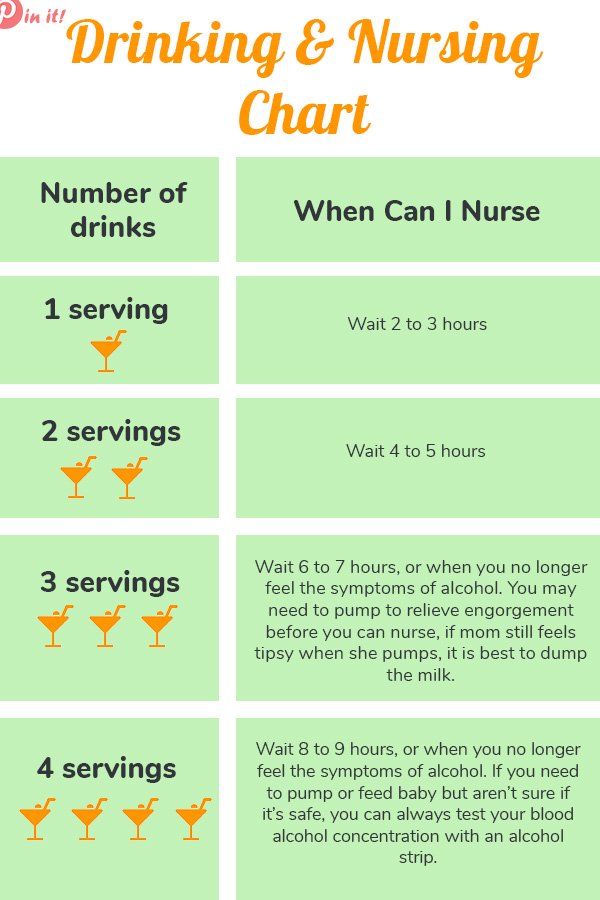 This product contains many useful vitamins and minerals that are necessary for full development. However, it is still impossible to introduce it ahead of time due to the unformed digestive system.
This product contains many useful vitamins and minerals that are necessary for full development. However, it is still impossible to introduce it ahead of time due to the unformed digestive system.
What are the benefits of pasta for children
The product is made from different varieties of wheat, buckwheat and millet, therefore it contains a lot of fiber, which actively removes salts and various toxins from the body.
Pasta can be given to a child from 8-9 months of ageIngredients of pasta:
- Vitamin B1 - thiamine. Helps in the formation of bone tissue, stimulates the brain, restores digestive functions.
- B2 - riboflavin. The component helps with visual disorders, helps strengthen the nervous system.
- B9 - folic acid. Participates in metabolic processes, restores hematopoietic processes.
- Vitamin PP. Promotes the synthesis of hormones in the body, restores digestive functions.
- Tocopherol - vitamin E.
 Helps prevent the development of anemia, has an antioxidant effect and improves and strengthens the immune system.
Helps prevent the development of anemia, has an antioxidant effect and improves and strengthens the immune system. - Potassium. Good for the cardiovascular system.
- Calcium. Participates in the development and strengthening of human bone tissue, teeth.
- Phosphorus. Enhances growth, restores kidney function.
- Magnesium. Promotes the development of bone tissue, helps in digestion.
- Manganese. It has a positive effect on the thyroid gland, regulates the work of thyroxine.
- Iron. Participates in metabolic processes, promotes growth.
The product also contains various amino acids that are essential for the full development of the child. There is no cholesterol in pasta.
The disadvantage of the product is the high content of carbohydrates. There are about 300-350 calories per 100 g of pasta. Therefore, the product is prohibited for children suffering from overweight, with gluten intolerance and diabetes.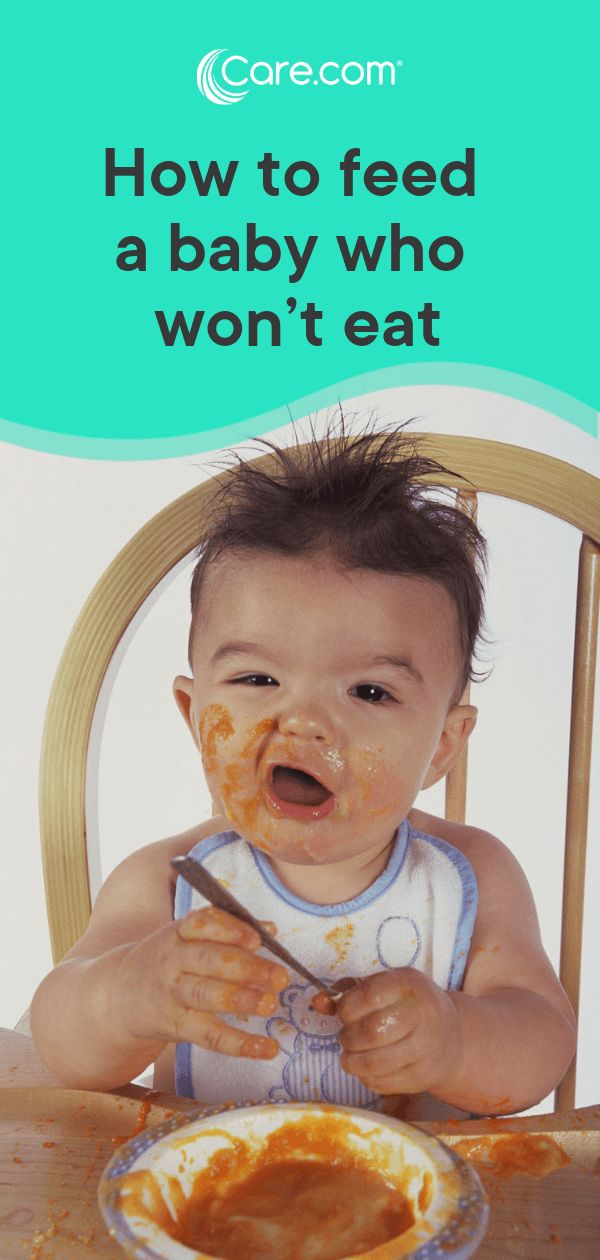
According to studies, the content of carbohydrates in pasta exceeds the prescribed daily allowance by 60%.
If the baby is not very active and does not like to spend time playing outdoor games, it is recommended to limit the consumption of pasta, as the child may begin to gain weight due to the increased carbohydrate content.
Carbohydrates are necessary for those children who spend a lot of energy per day and in order to make up for the spent energy, it is necessary to eat right, maintaining a balance between proteins, fats and carbohydrates.
When can you start giving pasta to children
Pasta is introduced into complementary foods starting from 8-9 months. In this case, it is necessary to purchase special children's options. The product should be thoroughly boiled so that the child can easily digest new food for him.
In department stores, in special departments, you can buy pasta that is intended for children of different ages.
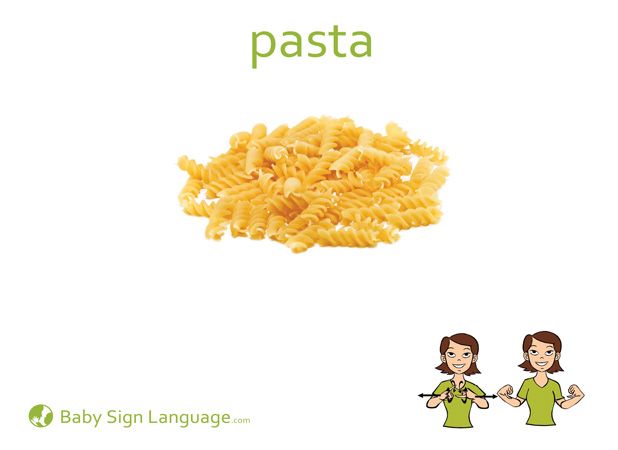
Special children's pasta or vermicelli are most suitable. However, the product should not be given as a main course. It is recommended to add them to various soups and vegetable purees.
Children over 1 year old are given vermicelli as a side dish to the main course no more than 2-3 times a week. At the same time, the addition of various sauces, mayonnaises should be limited or completely excluded.
Rules for introducing the product into complementary foods for children under one year old
There are several basic rules that will help to correctly introduce a new product into the child's diet.
Recommendations:
- For the first time, pasta is given to the child in a small portion in the morning.
- Do not try several new products at the same time.
- If after the first dose the baby does not have a negative reaction (disturbed stool, skin rash), then the next time you can give a portion a little more.

If a child does experience side effects from a new product, it is recommended to postpone complementary foods and repeat them no earlier than 7 days later.
How to cook pasta for a baby
Boil pasta according to instructions. After the water boils, add salt and lower the pasta into the pan. Then everything is thoroughly mixed, making sure that they do not stick together. Drain through a colander, then again transfer to a saucepan and add the required amount of butter.
Since how many months has pasta been used as an addition to the main course
When you can introduce pasta into complementary foods depends on the condition of the child's gastrointestinal tract and gluten toleranceIf the child refuses to eat noodles, it is allowed to supplement it with other products or cook some other dish. A suitable ingredient is cheese or milk. You can also cook a casserole or complement the dish with stewed vegetables.
Cooking recipes
Recipe 1
To make naval pasta, you need 0.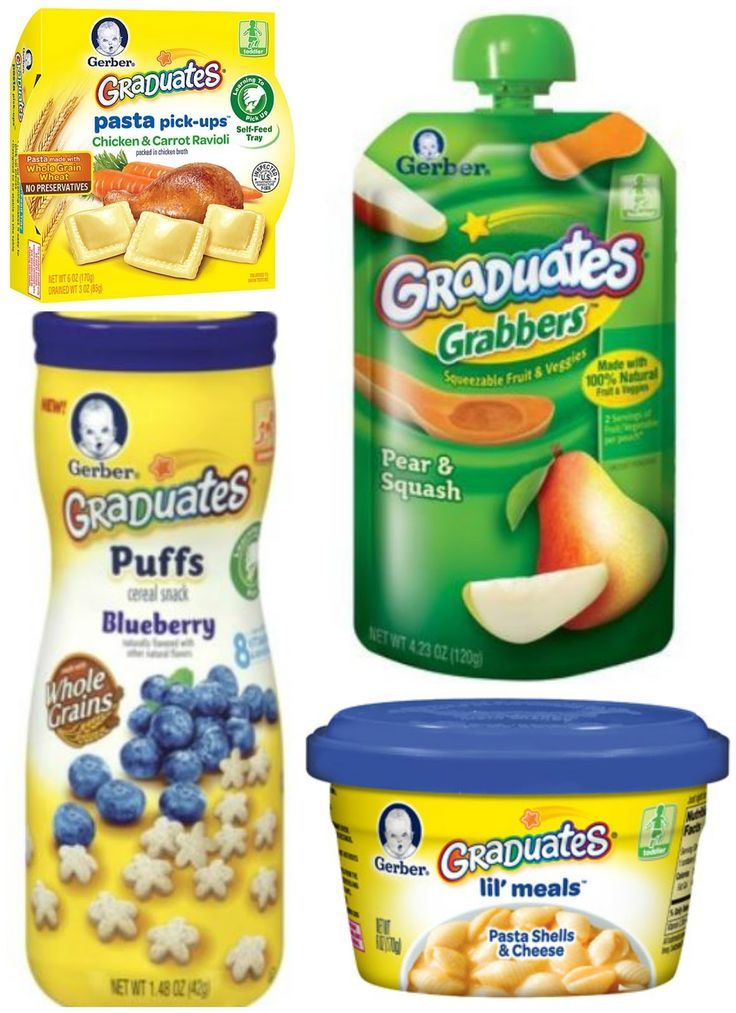 2 kg of soft pasta, the same amount of lean meat, 1 small carrot, half an onion and a little salt.
2 kg of soft pasta, the same amount of lean meat, 1 small carrot, half an onion and a little salt.
The meat is pre-boiled, scrolled in a meat grinder, and then stewed over low heat. In the process of cooking, add chopped or grated onion and carrots on a medium grater. At the end add some oil. Vermicelli is boiled separately. After cooking, everything is thoroughly mixed and served to the table.
Recipe 2
To prepare the dish you will need:
- 40-50 g of soft wheat pasta;
- a little sugar syrup - 1-2 teaspoons;
- breadcrumbs - 1 teaspoon;
- table salt - 1 teaspoon;
- small piece of butter;
- 1 green apple.
The fruit is pierced in several places and baked in the oven, then ground on a fine grater and mixed with sugar syrup. The mixture is put on a slow fire and brought to a boil. Vermicelli is boiled separately. Then grease a baking sheet with butter and lightly sprinkle with breadcrumbs.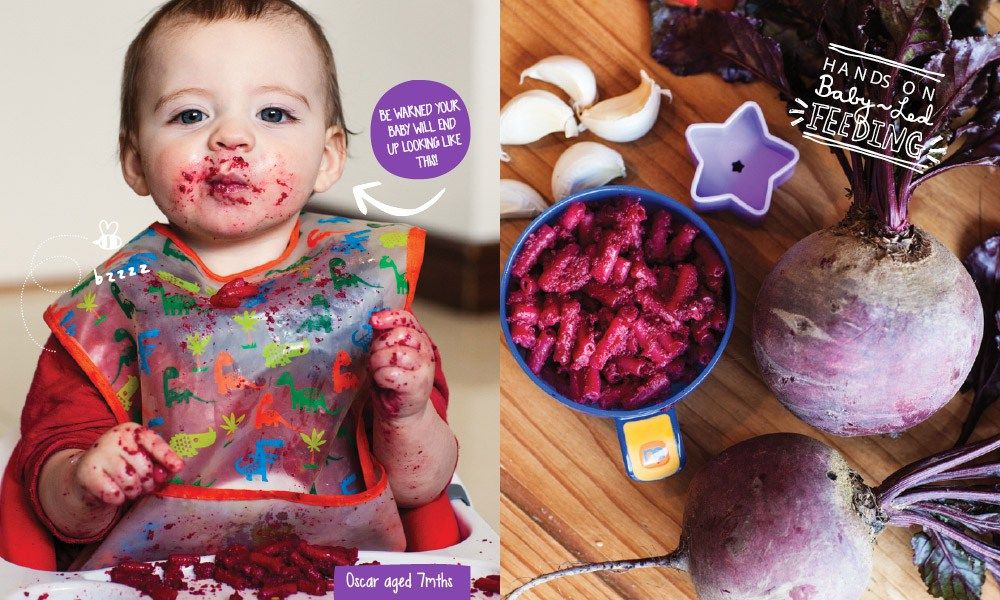 Spread the pasta on it, pour the mixture prepared from the apple on top and send it to the oven for 20 minutes. Baked at a temperature of 180 degrees.
Spread the pasta on it, pour the mixture prepared from the apple on top and send it to the oven for 20 minutes. Baked at a temperature of 180 degrees.
videos
It is also interesting to read: how to introduce complementary foods to babies?
RubricRecipes
Smoothies for weight loss and cleansing the body at home
Diet for liver diseases
Parenthood is a journey from room to room with putting the same toys in places
Comments
Get to know and participate
Baby.ru clubs are a treasure trove of useful information
Bioinsurance is the most valuable gift for the birth of a child stylist?Asthma in children - what to look forEducation in Netology with a discount of up to 75% for mothersSchool excursions - learning on the goAssess the state of your child's immunityOnline reception of a psychologist - for mothers of frequently ill childrenWhy does a child often get sick?
Can children have pasta, at what age, how much
Contents
Noodles, pasta, spaghetti, horns are the most popular and affordable garnish for most dishes. You can find it on any table every day. Therefore, it is not surprising that pasta for children becomes a familiar food at an early age. After all, they quickly saturate, are well digested and rarely cause allergies. But caution when introducing this product into complementary foods still does not hurt.
You can find it on any table every day. Therefore, it is not surprising that pasta for children becomes a familiar food at an early age. After all, they quickly saturate, are well digested and rarely cause allergies. But caution when introducing this product into complementary foods still does not hurt.
Benefits and harms of pasta
Dry dough semi-finished products include: vegetable protein and complex carbohydrates. High-quality pasta contains potassium, manganese, iron, B vitamins. These substances are involved in the synthesis of new cells, the formation of the nervous system, and bone tissue. They are necessary for general metabolism, hematopoiesis, full-fledged work of internal organs and blood vessels.
Regular inclusion of high-quality pasta in the children's diet prevents diarrhea, increased gas formation, helps to neutralize toxins in the blood and intestines. Carbohydrates, as they are broken down, replenish the body with the necessary energy, quickly satisfy hunger, restore and maintain strength.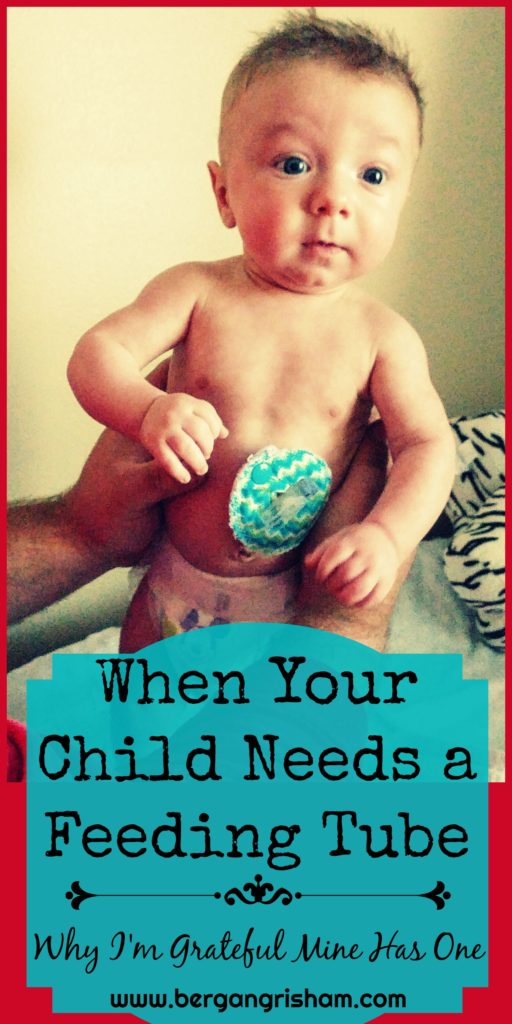
But when preparing pasta dishes for children, one should not forget about the presence of a large amount of starch and high calorie content in them. This product is not recommended for overweight babies, diabetes mellitus. It is required to limit it with a tendency to constipation, liver diseases. Pasta is also contraindicated in case of intolerance to wheat protein - gluten. In the latter case, an alternative is recommended: products made from rice, amaranth or buckwheat flour.
Pasta for children: from what age
You can start feeding babies dishes with pasta and noodles at the same time as potatoes, cereals. Usually this is a period of up to 1 year: from 8–10 months. The exact age depends on the rate of tooth growth. The kid should be able to chew well, because pasta is not crushed into a homogeneous puree. The main requirement: choose products of soft varieties, and cook until fully cooked, and not until “al dente”.
General recommendations:
- first serving: no more than 1.
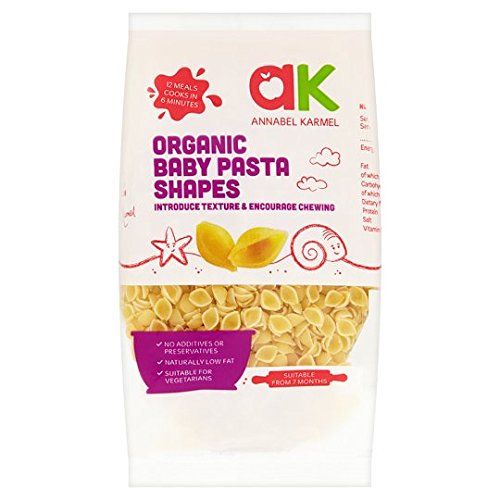 5 tbsp. l. product, in the morning or lunch hours: boiled pasta or noodle soup;
5 tbsp. l. product, in the morning or lunch hours: boiled pasta or noodle soup; - this product should not be given with fatty sauces or meat, the first course should be quite lean: with a spoonful of sour cream, butter or broth;
- no new products, except for the usual in the next 2-3 days.
What pasta can children eat?
Until 2 years of age, in the absence of intolerance, it is recommended to eat special varieties for babies and those that quickly boil soft. It is recommended to consume them up to 3 times a week in portions of 50–70 g. It is advisable to give them as an independent dish with sour cream or butter dressing, and not as a side dish for cutlets. Of the additives, stewed vegetables are allowed, for example, tomatoes or cauliflower. You can cook dishes with a beaten egg or low-fat cottage cheese.
Spaghetti and cones should be prepared with fish or meat additives for children over 2–2.5 years old. At the same time, fatty pork, lamb, fried chops, bacon, hot spices, creamy or spicy tomato sauces should be avoided. At the age of 5 years, the size of one serving is up to 150 g. Pasta can be included in the menu up to 4 times a week. Products of various shapes and sizes give scope for imagination. Any boring dish can be transformed with a side dish of colored pasta spirals or shells. And using edible letters or numbers - combine the meal with the first lessons.
At the age of 5 years, the size of one serving is up to 150 g. Pasta can be included in the menu up to 4 times a week. Products of various shapes and sizes give scope for imagination. Any boring dish can be transformed with a side dish of colored pasta spirals or shells. And using edible letters or numbers - combine the meal with the first lessons.
For the diet of babies, you need to choose long-cooked products: traditional "adult" or children's. You can buy horns and spaghetti dyed with carrot juice or spinach. It is important to check the period and conditions of their storage. Sealed pasta is preferable to bulk pasta. In no case should you feed the little ones with fast food.
Pasta for children: recipes
Adult dishes: pasta carbonara or bolognese are undesirable in children's diet. Give them to try should not be earlier than 8 years. A large amount of fat and spices in such food can cause digestive disorders in babies. And the habit of eating regularly leads to obesity.
Spaghetti for children is suitable with meatballs, meatballs, cutlets from rabbit, poultry, veal, stewed pollock, cod. It is recommended to cook dishes with a minimum amount of fat, without frying food: soups or casseroles. A good option is homemade noodles made from wheat or buckwheat flour.
Boiled pasta for a child
Boil water in a saucepan or slow cooker, add a little salt: about ½ tsp. per 1 liter, a few drops of vegetable oil. Pour the products into boiling water and cook over medium heat for 10-15 minutes. Readiness to check with a fork. Drain the liquid, put the pasta on a sieve, add grated cottage cheese, sour cream, butter, sprinkle with cheese.
Pasta soup for baby
1.5 l. water:
- 8-10 beef or chicken meatballs;
- carrot;
- bulb;
- ½ cup small vermicelli;
- potatoes;
- 1 st. l. tomato puree, greens.
Boil water, add chopped vegetables, diced potatoes and meatballs.



